

Presently, the uncovering of discoveries and innovations is never-ending. One material is increasingly finding its way into a diverse range of technologies and presents various advantages. Since it has many remarkable properties, this material improves and benefits several products. It is graphene, a ‘wonder’ and revolutionary material. Graphene can create new opportunities or perhaps even replace existing technologies and products. The graphene’s remarkable properties allow it to significantly affect a wide range of products, processes, and industries. Transportation, medicine, electronics, electricity, sports, and desalination are just a few industries where graphene technology is affecting. And these are just the first steps, as graphene's capacity is still only restricted by our imagination.
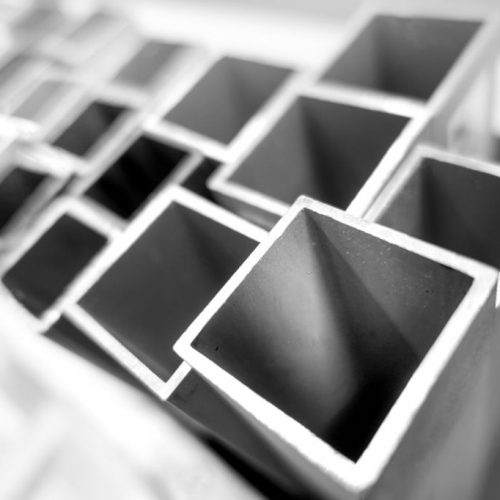
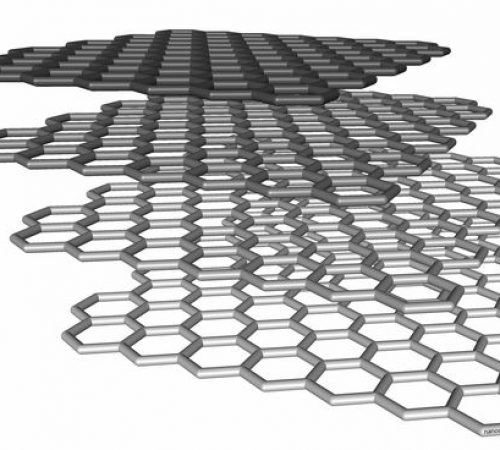
Graphene occurs in the form of a two-dimensional (2D) planar layer. It is a carbon allotrope that is a single atomic graphite plate. No other material possesses the range of superlatives that graphene provides, making it suitable for a wide range of applications. It is several times more durable compared to steel while being extremely lightweight and flexible. It is both electrically and thermally conductive, as well as transparent.
Graphene is the world's first 2D material and one million times thinner than a single strand of human hair. Here is a detailed list of graphene’s miraculous properties:
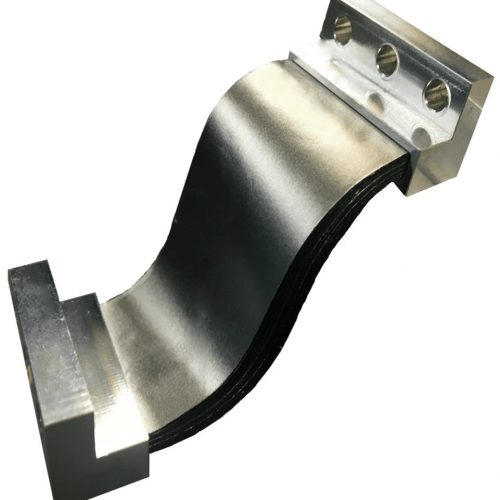
Although this material is typically a film, it can function as an isolated form or as a substrate when deposited. Even if graphene has the total capacity for synthesis, these are not pertinent for commercial activities. Moreover, there are three ways of graphene’s synthesis: They are as follows:
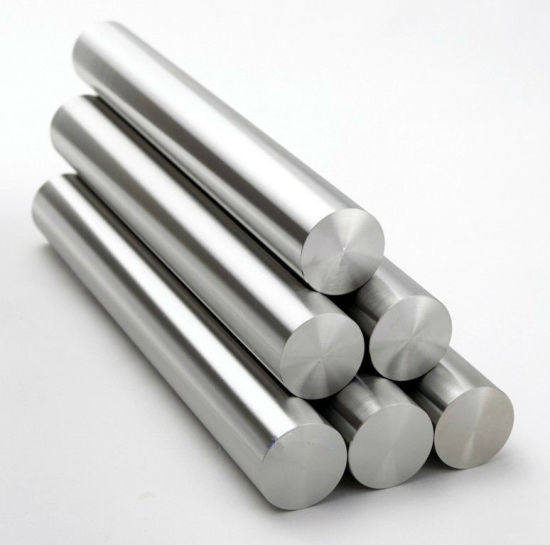
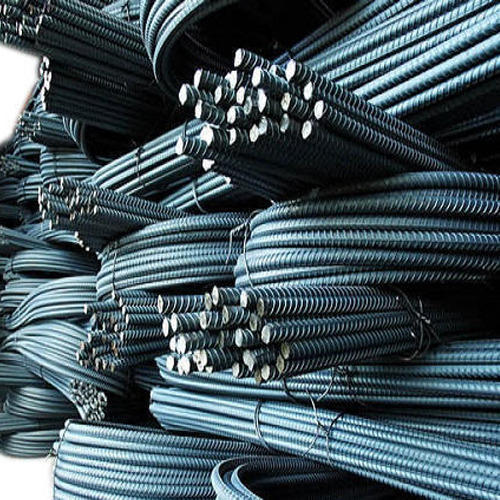
In CVD, there is an integration of volatile gas molecules onto a substrate. The procedure takes place in a reaction chamber, where the substance forms on the substrate’s surface. Thus, there is a release of waste gases.
The manufacturing method involves using an ultrasharp single-crystal diamond wedge to cleave a highly complex pyrolytic graphite sample. The facilitation of ultrasonic oscillations along the wedge facilitates cleaving.


This process involves the reduction of chemical, mechanical, thermal, and chemical vapour deposition.
Theoretically, graphene is a nonmetal. However, others consider it to be a quasi-metal. It is because of its properties that are comparable to those of a semi-conducting material. Consequently, graphene has a variety of unique properties that are not present in other non-metallic materials. Each carbon atom is covalently bonded (sp2 hybridized) to three other carbon atoms in a hexagonal lattice. Thus, this leaves one free electron for each carbon atom. Every single free electron resides in a p-orbital above the material’s plane. Every hexagon in the graphene sheet contains two pi-electrons that are delocalized and allow for efficient electricity conduction. Furthermore, the holes in the structure allow phonons to move through unimpeded, resulting in high thermal conductivity.
Carbon nanotubes are simply membranes of graphene wrapped into chambers. Carbon nanofibers are likewise produced using membranes of graphene, this time orchestrated into the states of stacked cones, saucers, etc. Carbon nanofibers and nanotubes can be joined with conventional mass structure materials to improve or add new properties to the mass materials. Potential applications incorporate supplanting steel links on suspension and link remained spans with a lot more grounded carbon nanotubes. Carbon nanotubes can likewise be fused into cement to go about as steady strands. The subsequent cement can deal with pressure and pressure far superior to customary concrete.


The gadgets business has utilized graphene, and it's not difficult to perceive any reason why. This material is ideal for touchscreens, with its top-notch power, adaptability, and electric conduction. A few makers are now dashing to put up the first graphene-based cell phone screen for sale to the public. As exploration proceeds into this remarkable material, new applications could conquer its constraint.
Fill the form below: